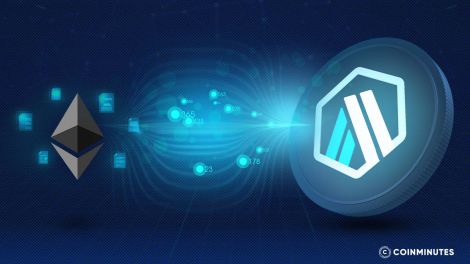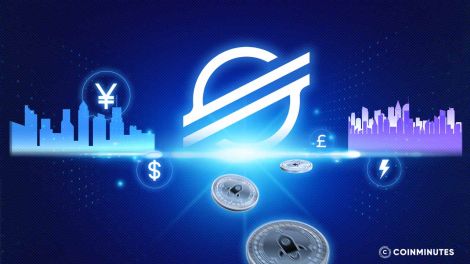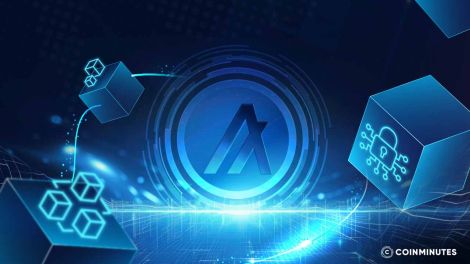Succinct's Zero-Knowledge Revolution: Why Stage 2.5 Could Transform Blockchain Forever
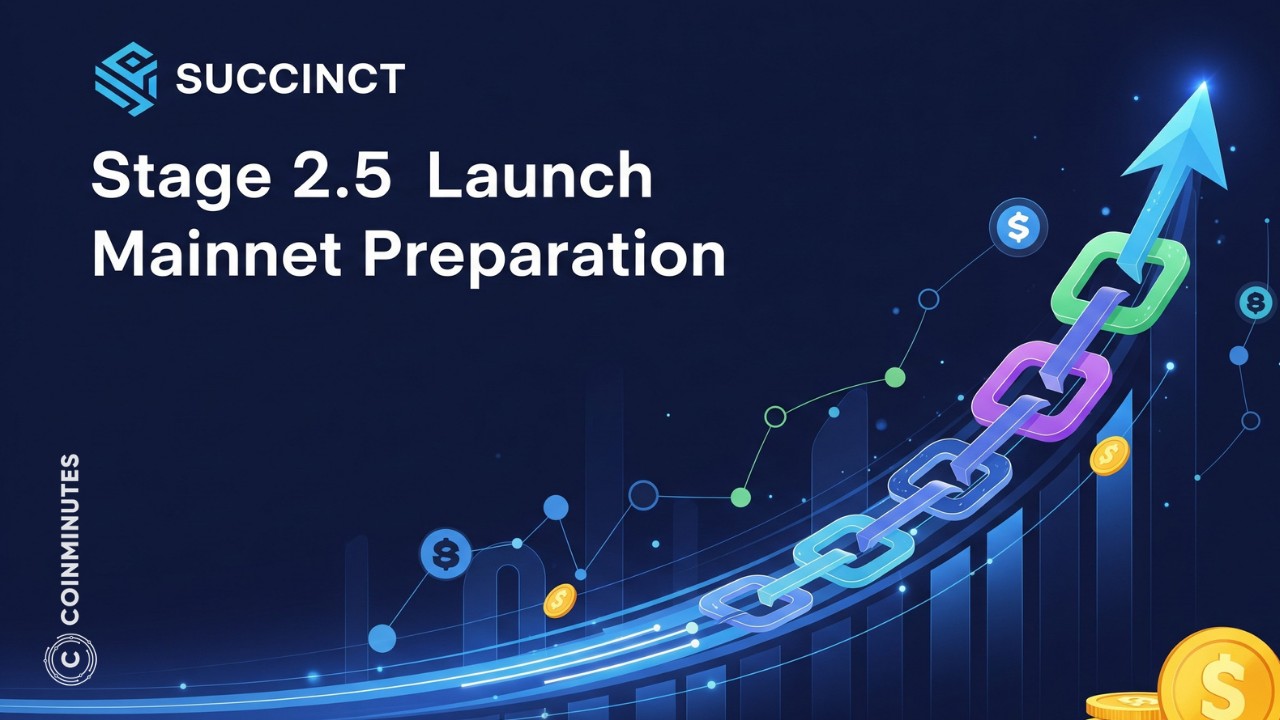
Have you been accumulating testnet PROVE tokens? Now you can actually use them.
Users can stake their assets on Succinct's Sepolia testnet interface (staking.sepolia.succinct.xyz), accessing a sleek dashboard that tracks everything from staked amounts to prover performance metrics. But beneath this seemingly routine update lies something far more revolutionary.
What Makes Zero-Knowledge Proofs Such a Big Deal?
You've probably heard the term. But do you really understand what it means?
Zero-knowledge proofs represent blockchain's most promising yet bewildering technology. They allow one party to prove something is true without revealing any underlying information.
Think of it like proving you have the correct password without ever typing it. Magic? Almost.
"ZK-proofs are to blockchain what broadband was to the internet," claims a Succinct developer. "They remove fundamental limitations that have constrained growth."
But technical explanations only get us so far. What matters is what they enable: private transactions, massive scaling improvements, and identity verification without exposing your digital soul.
Succinct's particular implementation focuses on what they call the "Prover Network" – essentially a marketplace where specialized hardware operators compete to generate these mathematical proofs efficiently.
Why does that matter to you? Because it could make blockchain fast enough and private enough for mainstream use.
From Gamified Testing to Economic Reality
Succinct didn't just appear overnight.
Their journey reveals a methodical approach that's surprisingly rare in crypto. Stage 1 focused on education, onboarding over 25,000 users through gamified proof requests. The numbers tell the story: 2.2 million proofs generated and a mind-boggling 439 trillion RISC-V cycles.
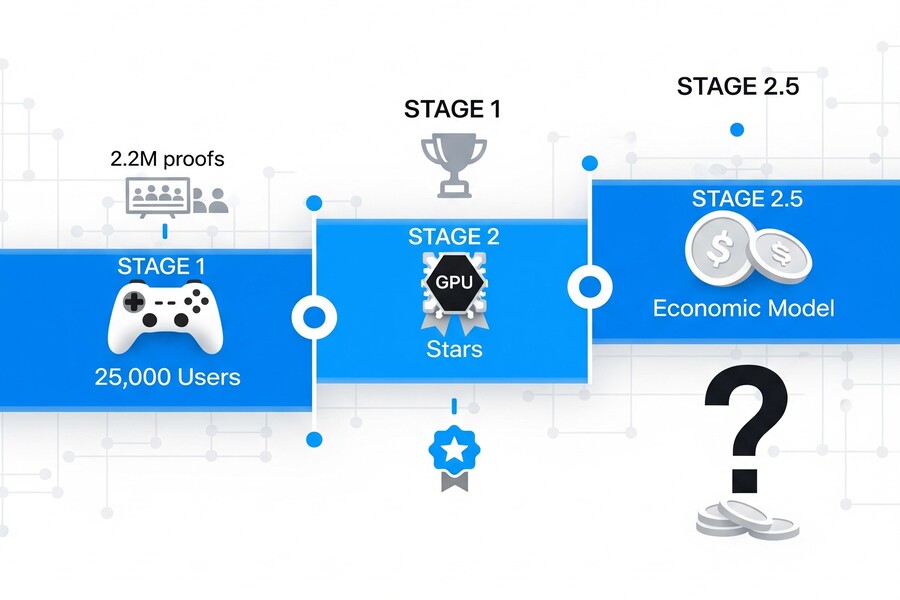
From gaming to economic reality
What does that even mean? It means a lot of people spent a lot of computing power testing this system.
Stage 2 then transformed users into actual provers. Participants competed in GPU-based contests, earning "stars" that likely influence future token distributions.
And now? Stage 2.5 introduces the complete economic model.
"Each testnet phase addressed a specific challenge," notes Succinct's team. "Stage 2.5 completes the picture by testing our economic mechanisms under real-world conditions."
But will these mechanisms actually work at scale? That's the trillion-dollar question.
Three Innovations That Actually Matter
Let's cut through the marketing noise.
What separates Succinct from the endless parade of blockchain projects claiming to revolutionize everything? Three specific innovations that could genuinely redefine how blockchain infrastructure operates.
First, their competitive auction system. When applications need proofs, provers bid to provide them at the lowest cost. The lowest bidder wins. Simple market economics in action.
Want specifics? Requesters set maximum fees, deadlines, and minimum stake requirements. This creates natural price discovery – something desperately needed in the often artificial crypto economy.
Second, their Sybil-resistant staking. This prevents manipulation through fake identities – a massive problem in decentralized systems.
How? Provers must stake PROVE tokens, risking these assets if they misbehave. The system also uses reputation metrics and randomized node inclusion to prevent collusion. Your tokens are literally your skin in the game.
Third, a high-performance settlement layer built specifically for cryptographic proofs. Unlike clunky traditional approaches, Succinct uses a ZK-optimized layer combining off-chain execution with on-chain Ethereum finality.
Together, these innovations tackle blockchain's eternal trilemma: cost, security, and scalability. But can any system truly solve all three?
Beyond the Airdrop: What PROVE Actually Does
Everyone wants free tokens. But Succinct isn't playing that game.
While most communities obsess over potential airdrops, Succinct has explicitly stated that testnet token balances won't directly determine mainnet allocations. Instead, they're evaluating engagement through multiple metrics.
The PROVE token itself serves three critical functions:
It's payment. Requesters pay provers in PROVE for their mathematical services.
It's collateral. Provers must stake tokens to participate, creating economic security.
It's governance. Holders will eventually vote on network parameters like fee structures.
With a fixed supply of 1 billion tokens, PROVE's economics aim for sustainability rather than pump-and-dump dynamics.
"We're building economic infrastructure, not a token pump," emphasized one team member in Discord. "The distribution will reward those who understand and contribute to the network's value proposition."
But in a market obsessed with short-term gains, will this approach actually attract the right participants?
$50 Million Says This Isn't Just Another Crypto Project
Money talks in crypto. And Succinct has plenty of it.
The project has secured over $50 million in funding, primarily from Paradigm – one of crypto's most respected venture firms. Other backers include Polygon, EigenLayer, and Robot Ventures.
That's serious institutional confidence. But what has all that capital actually enabled?
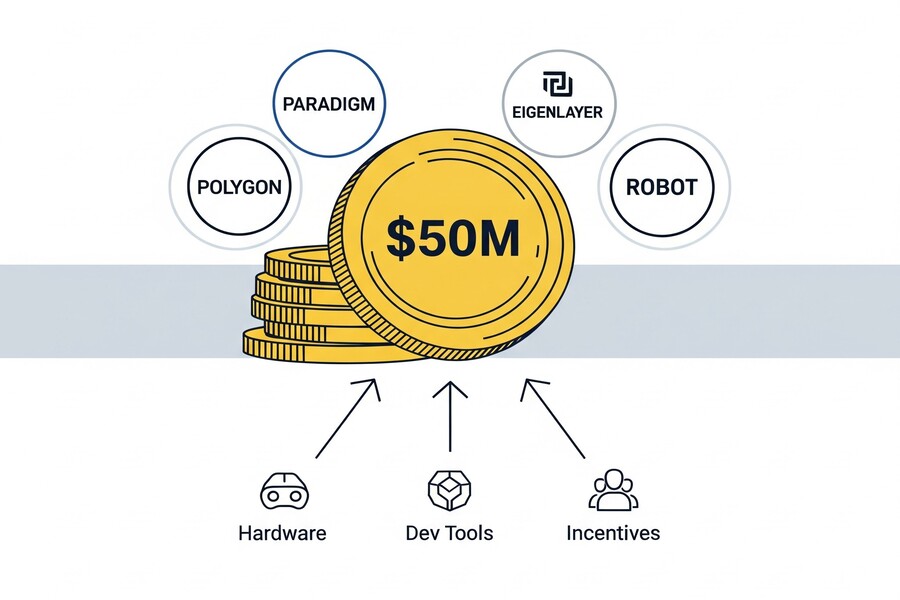
$50M fueling innovation: Hardware, devs, & growth
For starters, hardware partnerships with specialized GPU/FPGA teams. Also developer tools like SDKs for integration. And perhaps most importantly, incentives for early provers to bootstrap the network.
This level of funding typically signals sophisticated technology and long-term planning. But we've also seen well-funded projects crash and burn. Will Succinct be different?
Community Engagement That Actually Makes Sense
Most projects reward token farming. Succinct takes a different approach.
Their multi-faceted evaluation looks at GitHub activity (their SP1 zkVM repository has over 1,200 stars), Discord participation, role advancement, and even hardware contributions from top provers.
This prioritizes genuine participation over mindless accumulation. But is it enough to build a truly decentralized community?
The Stage 2.5 interface makes their philosophy visible, publicly displaying staking ratios and prover performance. It's competitive, but transparent. You can see exactly where you stand.
What Happens Next Could Change Everything
The countdown to mainnet has begun. Are you ready for it?
As Succinct transitions through Stage 2.5, the industry watches for announcements on mainnet timing and token distribution. The project appears poised to follow recent successful launches like Newton Protocol and Sahara.
With mainnet expected in late 2025, Succinct aims to become the backbone for "proving the world's software" – from blockchain validity to verifiable AI.
"The goal isn't just another L2 or blockchain," a Succinct representative explains. "We're building fundamental infrastructure for trust-minimized computation across multiple industries."
Bold claims. But can they deliver?
Why This Actually Matters for the Future of Blockchain
Stage 2.5 represents more than just another testnet milestone.
By addressing cost efficiency, security, and scalability through their three-pronged approach, Succinct positions ZK proofs as essential infrastructure rather than a niche technology.
As Layer 2 rollups, AI systems, and cross-chain bridges increasingly demand efficient verification, Succinct could catalyze a paradigm shift where mathematical proofs replace institutional trust.
But the coming months will test whether this model achieves the stability and decentralization needed for such ambitious goals.
 English
English
 Vietnamese
Vietnamese

